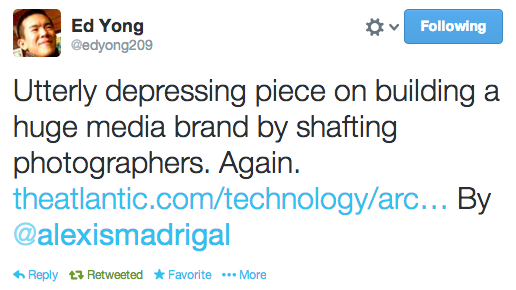UPDATE 2014-11-25 6:28AM (ET): Grant Young, Head of Digital Content at Cambridge University Library commented to let us know where the Darwin manuscripts stand legally. The unpublished manuscripts remain under copyright to the Darwin Estate until 2039. As Young notes in his comment below, Cambridge University Library is actively working to reduce the copyright period on unpublished works and prefers to release documents as openly as possible. The original post has been modified with the elements that are no longer applicable having been struck out.
The Cambridge Digital Library has simulataneously done a thing that is very cool thing and thing that is a bit uncool. They have digitized and made available online over 30,000 Charles Darwin manuscripts from 1835-1882. That is a very cool thing to do.
The Charles Darwin Papers in the Manuscripts Department of Cambridge University Library hold nearly the entire extant collection of Darwin’s working scientific papers. Paramount among these documents are Charles Darwin’s Evolution Manuscripts, which are being published online at the Cambridge Digital Library and simultaneously at the Darwin Manuscripts Project in collaboration with the Darwin Correspondence Project. This is a conceptually coherent set of over 30,000 digitised and edited manuscript pages, spanning 1835-1882.
–Cambridge Digital Library



